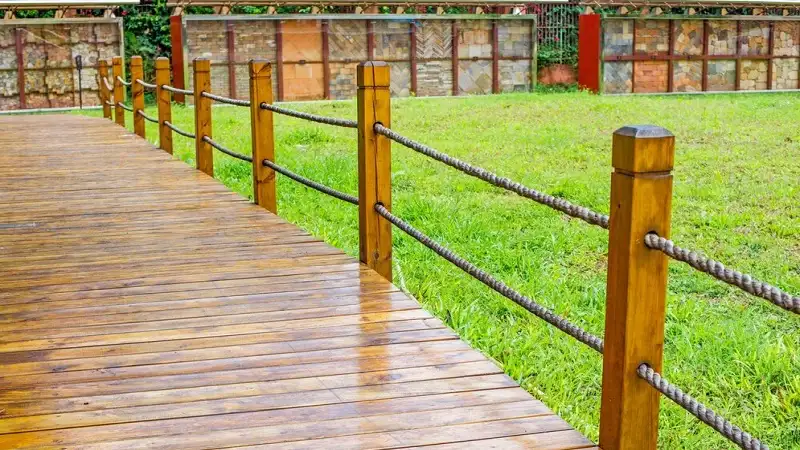In an era where environmental concerns are at the forefront of global discourse, the concept of building green communities has gained significant traction. A green community is more than just a collection of eco-friendly buildings; it’s a holistic approach to sustainable living that encompasses everything from energy efficiency to waste reduction and community engagement.
However, transitioning from mere ideas to tangible actions can be a daunting task. In this blog post, we’ll explore the essential steps towards building a green community, from inception to implementation.
Vision and Planning:
Every successful project starts with a vision. Begin by envisioning what a green community means to you and your fellow community members. Is it about reducing carbon emissions, promoting renewable energy, or fostering a sense of environmental stewardship? Once you have a clear vision, devise a comprehensive plan outlining the goals, strategies, and timeline for your green community project.
Community Engagement:
A green community thrives on collective action and community engagement. Involve residents, local businesses, and stakeholders from the outset. Host community meetings, workshops, and brainstorming sessions to gather input, share ideas, and build consensus. Encourage active participation and foster a sense of ownership among community members.
Assessment and Baseline Analysis:
Conduct a thorough assessment of your community’s current environmental footprint. Evaluate energy consumption, water usage, waste generation, and transportation patterns. This baseline analysis will provide valuable insights into areas for improvement and serve as a benchmark to measure progress.
Set Goals and Prioritize Initiatives:
After evaluating your community’s current environmental footprint, it’s essential to set forth clear and attainable objectives for your green initiative. Prioritize these objectives by considering their potential influence, practicality, and cost-effectiveness. Whether your focus is on integrating solar panels, launching recycling initiatives, or advocating for sustainable transportation, ensure that your goals are SMART (Specific, Measurable, Achievable, Relevant, Time-bound) to provide direction for your endeavors.
For instance, if you’re in Idaho, consider collaborating with local solar companies to facilitate the installation of solar panels as part of your community’s renewable energy strategy.
Partnerships and Collaboration:
Building a green community requires collaboration and partnerships with various stakeholders. Reach out to local governments, environmental organizations, nonprofits, and businesses for support, resources, and expertise. Form alliances, joint ventures, or consortiums to pool resources, share best practices, and leverage collective strengths.
Policy and Regulation:
Advocate for supportive policies and regulations that facilitate green initiatives and sustainable development. Engage policymakers, elected officials, and regulatory bodies to enact legislation, zoning ordinances, and incentives that promote energy efficiency, green building standards, and environmental protection. Lobby for grants, subsidies, or tax incentives to offset the costs of green infrastructure and projects.
Education and Awareness:
Raise awareness and educate the community about the importance of sustainability and environmental conservation. Organize workshops, seminars, and educational campaigns to disseminate information, raise consciousness, and foster behavior change. Empower residents with the knowledge, skills, and tools to adopt sustainable practices in their daily lives.
Implementation and Action:
Turn your plans into reality through concrete actions and implementation. Start with low-hanging fruit and quick wins to build momentum and demonstrate progress. Gradually scale up initiatives, invest in infrastructure, and allocate resources towards achieving your green community goals. Monitor, evaluate, and adjust strategies as needed to stay on track and overcome challenges.
Monitoring and Evaluation:
Establish mechanisms for monitoring, measuring, and evaluating the performance of your green community initiatives. Track key performance indicators (KPIs), such as energy savings, carbon emissions reduction, waste diversion rates, and community engagement levels. Use data and feedback to assess the effectiveness of your strategies, identify areas for improvement, and celebrate successes.
Continual Improvement:
Building a green community is an ongoing journey, not a destination. Embrace a culture of continual improvement and innovation. Stay informed about emerging technologies, best practices, and industry trends. Adapt to changing circumstances, evolving needs, and new opportunities. Engage with the community, solicit feedback, and remain committed to the long-term sustainability of your green community.
In Conclusion
Transforming ideas into action requires dedication, collaboration, and perseverance. By following these steps and embracing a holistic approach to sustainability, you can pave the way towards building a thriving green community that not only benefits the environment but also enhances the quality of life for present and future generations. Let’s embark on this journey together and make our communities greener, healthier, and more resilient.




